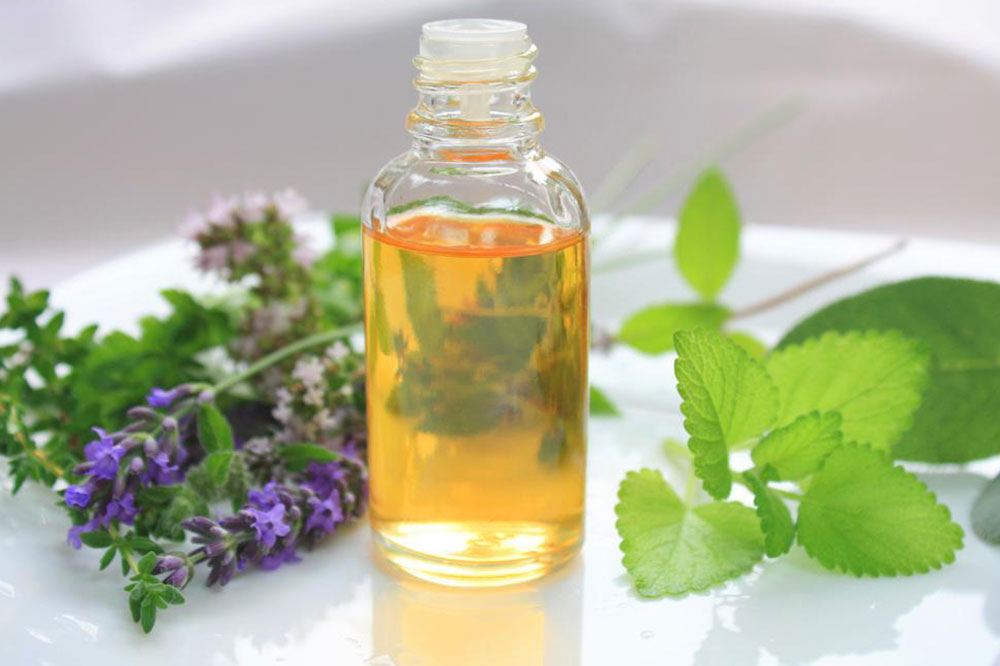Understanding the Top 5 Causes of Painkiller Dependency and How to Prevent It
This comprehensive guide explores the top 5 causes of painkiller dependency, including rapid pain relief, emotional self-medication, euphoria seeking, tolerance development, and long-term relaxation reliance. Understanding these factors is key to preventing addiction and encouraging safer pain management practices. The article emphasizes the importance of seeking professional help, adopting healthier coping strategies, and promoting awareness to combat this growing issue effectively.

Understanding the Leading Causes of Painkiller Addiction and Its Prevention
Unveiling the primary reasons behind painkiller dependency Painkillers are commonly prescribed medications used to alleviate pain following surgeries, injuries, or chronic health issues. While intended for short-term use, many individuals develop a dependence on these drugs, feeling incapable of managing pain or daily life without them. This dependency is a complex issue influenced by various psychological, physiological, and social factors. Exploring these causes is essential to prevent addiction and promote safer pain management strategies.

Delve into the main factors that contribute to painkiller dependence and discover how individuals become ensnared in its cycle.
Rapid pain relief and convenience
One of the most immediate drivers of painkiller use is the quick relief they provide. Patients often opt for these medications because they are effective in alleviating acute discomfort swiftly, making them an attractive option during recovery. Unfortunately, this convenience can lead to over-reliance, especially if the underlying cause of pain remains unaddressed. Many patients find themselves increasingly dependent on medication for pain control, blurring the line between necessary use and addiction.
Self-medicating emotional pain
Emotional distress, such as anxiety, depression, or trauma, can drive individuals to misuse painkillers as a form of self-medication. When emotional pain becomes overwhelming, some turn to these drugs to numb their feelings temporarily. This behavior is especially common among those with untreated mood disorders. Regular use for emotional regulation, rather than strictly physical pain, significantly increases the risk of developing dependency.
Pursuit of euphoria and escapism
The euphoric sensation provided by certain painkillers, particularly opioids, can be highly addictive. Users may seek out these drugs not just for pain relief, but for the pleasurable effects they induce. For some, this provides a temporary escape from traumatic memories, stressful situations, or reality itself, fostering patterns of misuse that can quickly spiral into addiction.
Tolerance and escalating doses
Over prolonged use, the body adapts to the presence of painkillers, developing tolerance. This means higher doses are required to achieve the same effect, prompting users to increase their intake. The escalation of dosage significantly raises the risk of dependency and complicates withdrawal, making sustained recovery more challenging.
Dependency on relaxation and stress relief
During periods of illness, injury, or after surgery, painkillers serve beyond just alleviating pain—they help reduce stress, tension, and induce relaxation. While helpful temporarily, long-term use for stress relief often leads to psychological reliance. Alternative relaxation methods like yoga, meditation, or breathing exercises are recommended to minimize the risk of addiction.
If you notice signs that you or someone you care about is relying too heavily on painkillers, seeking professional medical help is crucial. Proper intervention, comprehensive treatment plans, and lifestyle modifications can effectively prevent or address addiction. Even if relapse occurs, recovery remains achievable through support, therapy, and gradual tapering strategies.





